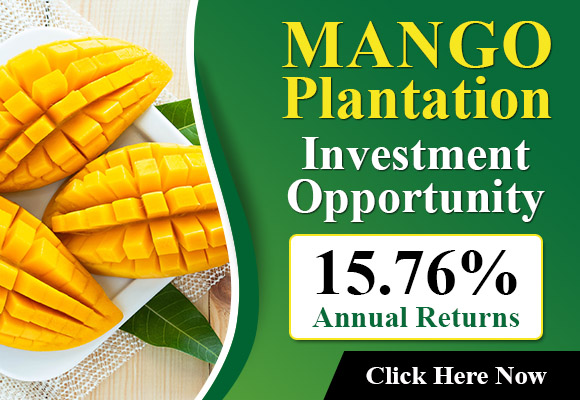The month of December saw less than desirable Dutch and Belgian strawberry varieties, while some have described Moroccan and Egyptian strawberry’s quality as less than satisfactory. It is therefore clear that the market isn’t a problem for Spanish strawberries. But, as with all markets there are challenges that increase each year with regards to weather extremes and the availability of water. “There’s an increased focus on efforts to address these challenges. In this particular season, however, the pace is accelerating right now,” representatives from Belgian importers Van Dijk Foods and Special Fruit are in agreement.
“We received our first shipment of strawberries coming from Spain between late November and early December. However, the supply was extremely small,” says Van Dijk Foods’ Henk Vlaeminck. The weather was so that it was ideal for cultivation in the plant phase. This caused delays in the planting. “That means we weren’t able to benefit from the smaller volume of other sources that were available during these times. But, at the start of the year, volumes arrived increased slightly in mid-January we noticed that our Spanish suppliers were sending generous volumes.”
But there is a growing demand for Dutch or Belgian strawberries are gradually being introduced to the market. “Those were extremely expensive over the time of Christmas, however those quantities increased when the new year started but only at a minimal level which means that prices have almost decreased by half. So, it’s hard to keep up with local produce in these countries, however Spanish costs are a cut above. In addition, this year, Spanish strawberries’ quality is of the highest standard,” Henk explains.
“We’ve not had any issues with this, however it’s in part due to Spanish farmers that are growing increasingly superior strawberry varieties that are of higher quality. The strawberry variety we had until the middle of January was mostly Victory however, once Calinda became available and we shifted to Calinda, it was almost completely. It’s an actual change in the scenery. There are people in Belgium as well as the Netherlands typically like local products, however Calindas appears to be an excellent alternative. It is certainly competitive on other markets.”
Declined December
Polina Valkanova from Special Fruit is also a fan of this trend. Special Fruit works on Calinda strawberry crop around the time of Spanish season. However, it previously worked was also working included Victory, Candela, and Arwen. When the first of January arrived, a lot of strawberries of strawberries from south Europe were eagerly anticipated. “December was tough for imported strawberries. Morocco and Egypt weren’t producing the kind of strawberries consumers wanted. Therefore, buyers eagerly awaited to see the Spanish season to start. Once those stocks became available and were loved,” she says.
The biggest markets for Special Fruit include Scandinavia as well as the Baltics and the Benelux. “With the same qualities, Belgian and Dutch consumers and retailers quickly gravitate towards local strawberry farms. But, Spanish strawberries, especially Calinda is able to remain competitive with the volume of strawberries of strawberries from in the Netherlands or Belgium begin to increase around in the mid-April timeframe. Despite the challenges in battling local products and certainly in Scandinavia the majority of our clients remain faithful to Calinda. This is largely because of our favorable quality-price ratio.”
Strategies to improve water use
Spanish strawberries appear to be increasing their market share however, there are increasing reports of difficulties due to extreme weather conditions across Southern Europe. In the event of drought, crops are constantly threatened and the scorching heat quickly is accompanied by heavy rains which can have serious consequences for Spanish agriculture. “Starting volume is less than those of the previous two years. And if you look at the 10-year mean it’s even more depressing. It’s likely because of changes in the climate. Additionally, warmer temperatures as well as unpredictable weather patterns may affect strawberry growth blooming, harvesting, and flowering timeframes. The drought, for instance can affect the duration of the season,” Polina explains.
The problem of water supply is so severe that a few Spanish regions might no longer be able to pump water. German consumer groups have even banned the strawberries of Andalusia. But Polina doesn’t consider this situation to be negative. “It’s an urgent issue, and the growers want strawberries that are future-proofed. As an example, due to the increasing pressure on resources for water, a few Spanish producers have opted to invest in new methods of watering including drip irrigation to maximize water usage and make use of resources better.”
“Our farmers who farm within the Huelva region are benefited by a number of favorable factors that support the production of strawberries in this region. Our business is closely associated with a chosen group of farmers who hold”Spring certificates” or is in the process of getting one. This is a testament to their commitment to sustainable and ethical water management.” Polina adds.
“That’s important given the ever-growing concern about water supply in Spanish strawberry cultivation. Huelva’s climate is favorable and its soil conditions are beneficial. It also helps to make efficiency of the usage of the water resources. Therefore, we anticipate that, despite the increasing problem we should not underestimate, Spanish strawberry cultivation still is a promising option,” Polina concludes, and Henk saying: “It’s a sector where there’s been an improvement where quality is the main factor. It’s a sector that can compete on the market.”
More information is available here:
Polina Valkanova
Special Fruit
Polina.valkanova@specialfruit.be
www.calinda.eu
www.specialfruit.be
www.fresh-forward.nl
Henk Vlaeminck
Van Dijk Foods
Kempenarestraat 50
2860 Sint-Katelijne-Waver, Belgie
Tel. : +32 15 55 65 61
henk@vdfb.be
www.vandijkfoods.be
Source: The Plantations International Agroforestry Group of Companies
